Is it me or the quality of plantains sold in the US has gone down? I find it incredibly difficult to find great plantains for boiling, baking and other non-frying alternatives. The ones I find tend to ripen unevenly with a texture that gets too mushy too quickly. If you are a plantain distributor and reading this :), please bring the good, non-chemically treated plantains back!
That being said, I was lucky enough to get two good plantains when I wanted to make this grilled plantain snack: firm, light green with a few yellow spots which made them easy to peel. They needed to be just right. Ivorians call this dish banane braisée, Nigerians, boli and I am sure other West African, Caribbean and Latin American folks have their own names for it too. They are traditionally a street snack. Women make the plantains on small charcoal grills and sell them on the side of the road to be enjoyed with West African groundnuts (best peanuts in the world!), but they are just as good made at home in the broiler part of the oven. Early-stage-of-ripeness-plantains will not stick to the foil or any container you put them in. When cooked, the outer part will be crisp and the flesh tender without being soft, with a hint of sweetness. This is a recipe whose outcome hinges completely on the quality of its only ingredient, (no pressure at all picking your plantain!) but when you have the right plantain in hand, it is so easy to make, and so delicious that you will soon be on the hunt for some other perfect “grilled plantains” plantains.
Grilled plantain Recipe
| Serves | 1 |
| Prep time | 2 minutes |
| Cook time | 15 minutes |
| Total time | 17 minutes |
| Dietary | Gluten Free |
| Meal type | Snack |
Ingredients
- 1 "grilled plantain" plantain (light green with some yellow spots)
Directions
| 1. | Peel the plantain and broil it until the outer part takes on a light brown color (about 6-8 minutes on each side, but sometimes less) |
Note
And yes, this amazing snack is gluten-free too!
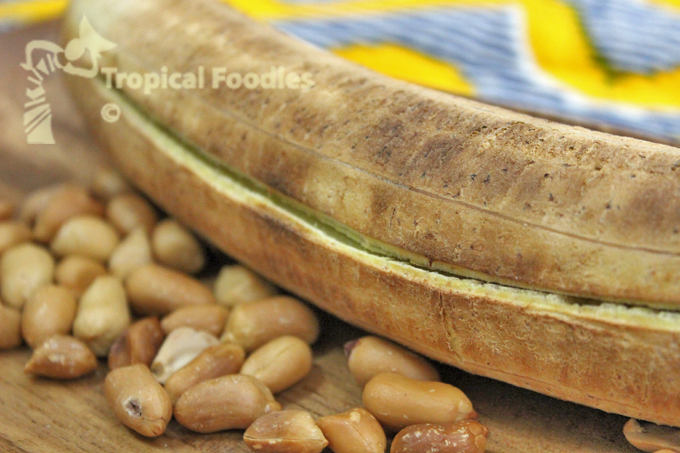
 Print recipe
Print recipe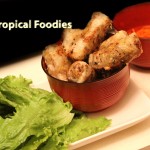
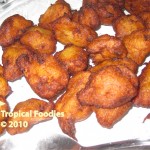
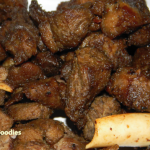
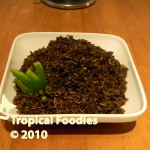
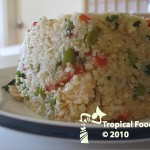
I agree that there has been a change in that our plantains become soft more quickly nowadays as they are ripeninig. I think it is due to there being more water in the fruit. It is hidden in the complex starches when it is unripe, but as the starches change into sugars, water is liberated making the fruit mushy. The result is negative for making good aloko because the excess water makes it difficult for the morcels to crisp up while frying. On the other hand it makes preparing batters using plantains for fritters and baked products easier.
That makes a lot of sense, but why the excess water? Not enough sunlight?